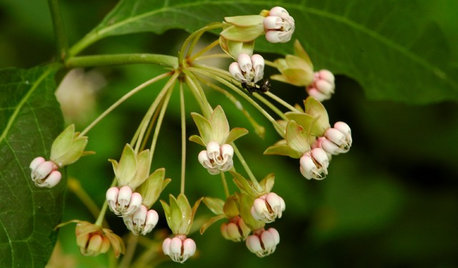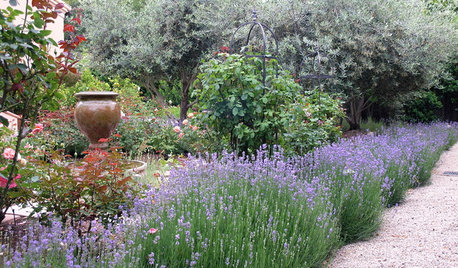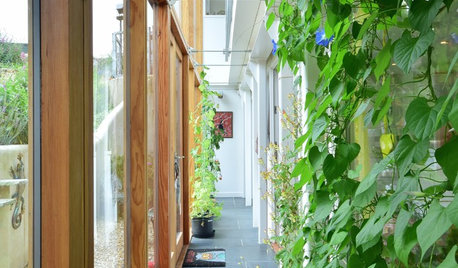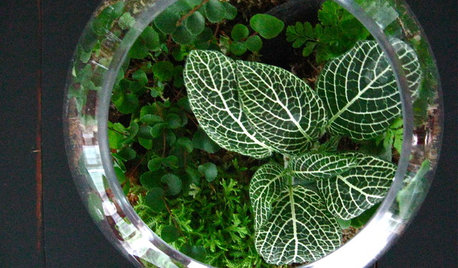Transplant Shock
emgardener
12 years ago
Related Stories

GARDENING GUIDES5 Unsung Wildflowers That Thrive in Dry Shade
Turn shady problem spots into garden idylls with with these prolific, easy-care bloomers
Full Story
FALL GARDENINGMake This Fall’s Garden the Best Ever
Learn the most important tip for preventing buyer’s remorse, plus get more valuable buying and planting advice
Full Story
GARDENING GUIDES6 Plants That Beat Butterfly Bush for the Wildlife Draw
It's invasive, a nonnative and a poor insect magnet. Check out these better alternatives to butterfly bush in the garden
Full Story
FLOWERSHerb Garden Essentials: Grow Your Own Fragrant Lavender
This do-it-all plant is ideal for almost any garden, and its uses are abundant around the home
Full Story
GARDENING GUIDESSeeds or Seedlings? How to Get Your Garden Started
Growing delicious herbs and vegetables starts with knowing your goals and when you want to plant
Full Story
GARDENING GUIDESHealthy Home: How to Go Green With a Living Wall or Roof
See 10 ways to add this earth-friendly element to your home
Full Story
HOUSEPLANTSGardens Under Glass: How to Make Your Own Terrarium
Be the master of a mini ecosystem indoors — the low-maintenance, highly rewarding kind that fits any room
Full Story
HOUSEPLANTS8 Essentials for Healthy Indoor Plants
Houseplants add so much to our homes — and can thrive when grown in the right conditions. Keep these tips in mind
Full Story
LANDSCAPE DESIGNGarden Overhaul: Which Plants Should Stay, Which Should Go?
Learning how to inventory your plants is the first step in dealing with an overgrown landscape
Full Story
TRANSITIONAL HOMESHouzz Tour: New Homeowners Find Their Style
Homework assignments help reveal a couple’s tastes and lead to a home filled with textures and organic tones
Full StorySponsored
Franklin County's Full Service, Turn-Key Construction & Design Company
More Discussions







TheMasterGardener1
jodik_gw
Related Professionals
Gainesville Landscape Contractors · Apollo Beach Landscape Contractors · Clayton Landscape Contractors · Flagstaff Landscape Contractors · Kettering Landscape Contractors · Pomona Landscape Contractors · Maplewood Landscape Contractors · Forest Park Solar Energy Systems · Holliston Solar Energy Systems · Norwich Solar Energy Systems · Wakefield Solar Energy Systems · Huntington Park Window Contractors · Oviedo Window Contractors · Columbia Fence Contractors · Towson Fence Contractorstapla (mid-Michigan, USDA z5b-6a)
TheMasterGardener1
jodik_gw
emgardenerOriginal Author